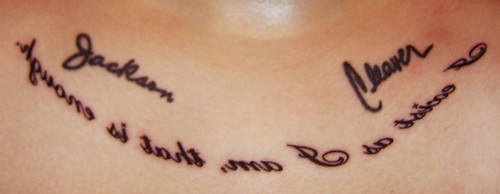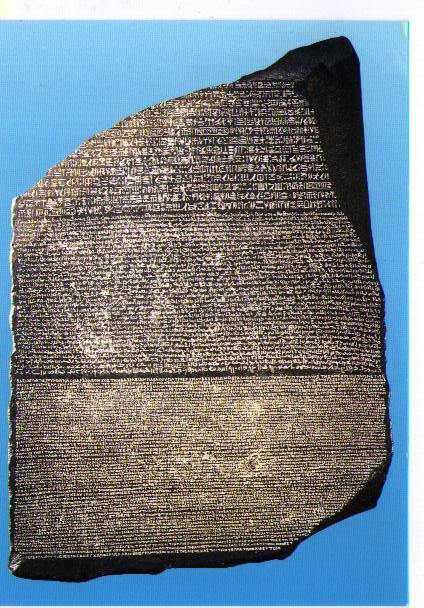This is one of the last courses I will be taking in the program and as the journey draws to a close, this course has opened up new perspectives on text and technology. Throughout the term, I have been travelling (more than I expected) and as I juggled my courses with the travels, I began to pay more attention to how text is used in different contexts and cultures. Ong, Bolter and the module readings were great for passing time on my plane rides – I learned quite a lot!
I enjoyed working on the research assignment where I was able to explore the movement from icon to symbol. It gave me a more in-depth look at the significance of visual images, which Bolter discusses along with hypertext. Often, I am more used to working with text in a constrained space but after this assignment, I began thinking more about how text and technologies work in wider, more open spaces. By the final project, I found myself exploring a more open space where I could be creative – a place that is familiar to me yet a place that has much exploration left to it – the Internet.
Some of the projects and topics that were particularly related to this new insight include:
E-Type: The Visual Language of Typography
A Case for Teaching Visual Literacy – Bev Knutson-Shaw
Language as Cultural Identity: Russification of the Central Asian Languages – Svetlana Gibson
Public Literacy: Broadsides, Posters and the Lithographic Process – Noah Burdett
The Influence of Television and Radio on Education – David Berljawsky
Remediation of the Chinese Language – Carmen Chan
Braille – Ashley Jones
Despite the challenges of following the week-to-week discussions from Vista to Wiki to Blog and to the web in general, I was on track most of the time. I will admit I got confused a couple of times and I was more of a passive participant than an active one. Nevertheless, the course was interesting and insightful and it was great learning from many of my peers. Thank you everyone.




